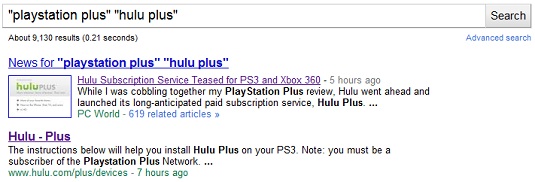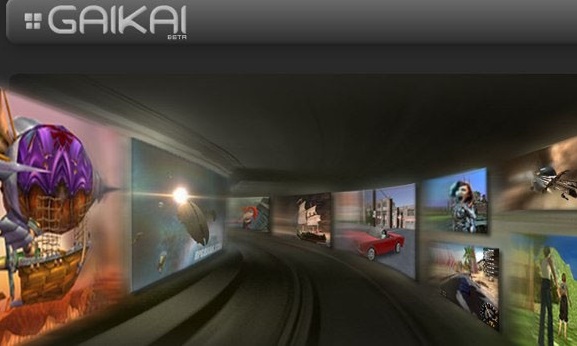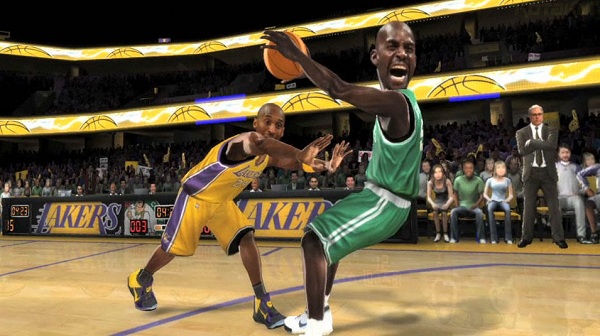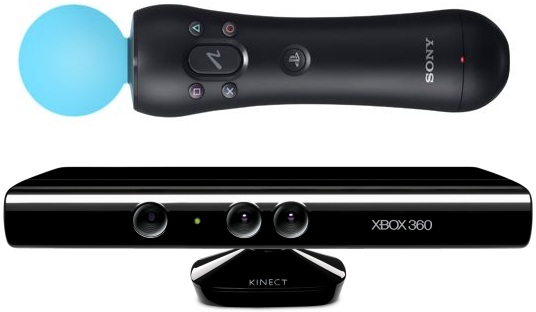 YouTube is a wonderful promotional tool for video games, among other things, but as a gaming platform itself? A couple creative examples show that it’s possible.
YouTube is a wonderful promotional tool for video games, among other things, but as a gaming platform itself? A couple creative examples show that it’s possible.
To promote both the Chrome Web browser and Adobe Flash, which is now integrated into the browser, Google put together Chrome Fastball. It’s a set of simple mind games using APIs from other websites, all strung together by video clips of a Rube Goldberg device. So, at one point you must answer a trivia question on Twitter (anonymously), and at another point choose the best way to travel between two points on a map. Each successful answer moves your ball along the contraption towards the finish line. It’s a cute little game that actually works just fine in other browsers, too.
The funny thing is, Chrome Fastball isn’t the only YouTube game I played today. To celebrate the premiere of Twilight: Eclipse, Benny and Rafi Fine created Twlight Eclipse: The 8-Bit Interactive Game. This series of YouTube videos is actually a choose-your-adventure with NES-style animations and audio. At the end of each clip, players must make decisions that send them on multiple branching paths. It’s a nice way to waste an afternoon even if you’re not into young adult vampire drama (I still can’t believe that’s a genre).
Obviously, YouTube can’t have full-blown games with controllable avatars, because it just wouldn’t be YouTube anymore at that point. But there’s potential to do some clever things with the interactivity YouTube does allow, as these games show.
One last note: Both games back up Google’s point that Flash is still relevant; neither one works on the iPhone’s HTML 5 version of YouTube.









